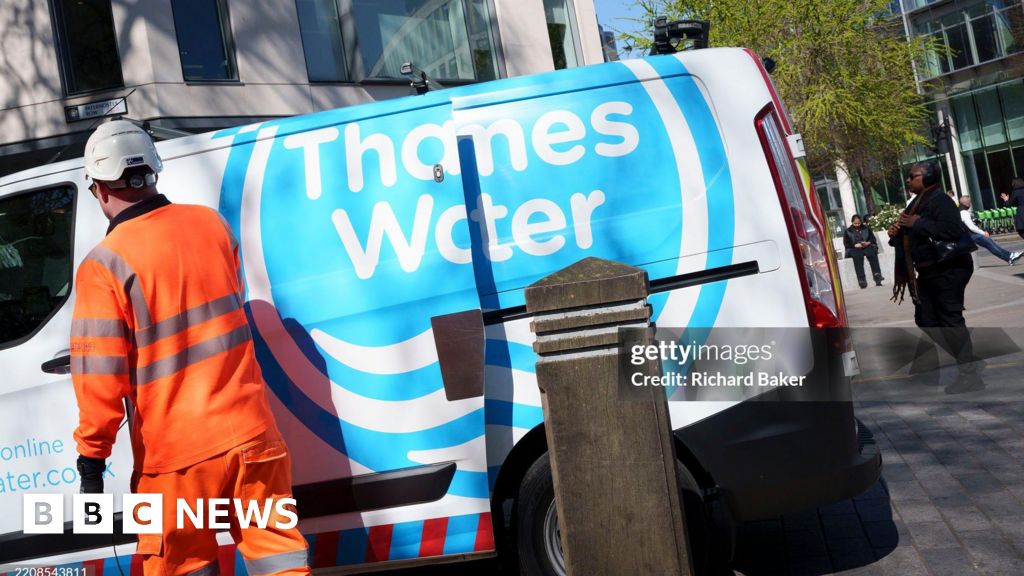As employers increasingly ramp up calls for employees to come into the office, offering the ability to work from anywhere temporarily can help soften the request.
That’s what some small hedge funds and private equity firms offered their employees when rolling out their return-to-office policies, says Rob Sadow, CEO and co-founder of Scoop Technologies, a company that tracks remote work policies. A handful of these firms began offering their workforce the ability to work from anywhere last summer, he tells HRE.
“It was a bit of a carrot being offered to employees when employers wanted to push harder on return to the office,” Sadow recalls, noting that two-week to four-week work-from-anywhere policies have been slowly gaining popularity since mid-2022.
But, experts say, how the offering is presented matters; in particular, embedding a multi-week work-from-anywhere policy into your benefits program, rather than offering this as a one-time perk, is more successful.
“If companies are thinking of work from home or anywhere as a perk, but employees are thinking of it as a top consideration in job selection, over time people will vote with their feet,” Sadow says.
Striking middle ground
As employers seek to navigate mandating employees to return to the office under a hybrid or full-time schedule, offering the flexibility to work from anywhere for up to several weeks or more can improve employee wellness and employee experience, says Sadow. It can also offer a meeting in the middle for employers and employees when an RTO policy is in place.
Mastercard, for example, offers its employees four weeks a year to work from nearly anywhere across the globe under its Work from Elsewhere benefit. This program is designed to provide flexibility for remote, hybrid and on-site workers and bolster their employee experience. Apparently, it’s making a difference for some Mastercard employees, based on comments posted on Mastercard’s website and Glassdoor.
“I used the Work from Elsewhere benefit to travel to my home country with my newborn son so that he could meet family and spend some time with my parents. It is a great benefit that allows me to spend more time with family, which helps our mental health and professional health,” says one senior software engineer at Mastercard.
Meanwhile, at Freddie Mac, a U.S. government-sponsored mortgage purchaser and seller, hybrid employees can work remotely for four weeks each year, according to its list of total wellbeing offerings.
Does your organization offer a work-from-anywhere benefit? Tell us about it. Take this poll.
Mindful matters when creating a work-from-anywhere benefits program
Another consideration for HR leaders is that not all employees can take advantage of this benefit, says Rubab Jafry O’Connor, a management professor at the Tepper School of Business at Carnegie Mellon University.
“It’ll depend on who needs to be in the office 24/7 and that depends on the nature of the business, the nature of the industry and the nature of the work,” she tells HRE.
HR leaders can work with employees who need to work in person, along with their managers, to evaluate alternatives that could make it possible to still enjoy this benefit, O’Connor says.
HR should also consider the tax implications of a work-from-anywhere benefit. Each state has its own requirements for when an out-of-state worker needs to start paying taxes due to the length of time the employee has worked in that state.
And as employers lay the groundwork to offer a work-from-anywhere benefit, O’Connor stresses the need to gather all stakeholders—from employees to managers and representatives of other departments—to brainstorm a potential plan.
She advises giving the planning process anywhere from three to six months before rolling out the new program.
“You’ll want to communicate your plan with employees, and it’s going to require a lot of effort and work on your part,” O’Connor warns. “But you’ve got to do that.”
Credit: Source link











